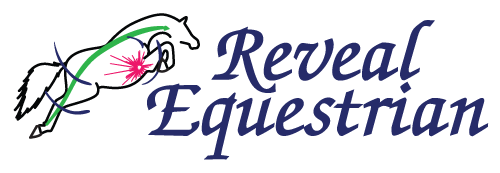7 Types of Horseshoes San Juan Capistrano, CA
Horseshoes are a necessity when it comes to professional horse riding. They protect the horses’ feet and keep them from getting sore when they perform jumps or gallop at fast speeds. Usually, the shoe is made of metal. It is typically nailed (sometimes glued) to a tough part of a horse’s foot, so it doesn’t hurt.
To keep your horse safe during training here’s more information about types of horseshoes and how you can use them effectively:
Regular horseshoe: You’re probably familiar with the regular horseshoe – it’s made of metal with small grooves in the middle, called “fullers”. These popular shoes are usually in the shape of a partial oval or circle.
Rim shoe: A rim shoe is similar to a regular horseshoe, but it has a larger groove in the middle of the shoe for more traction. This center crease fills with dirt, allowing the shoe to have more grip. You can get shoes with outer rims, which have rims that are higher on the outside, or inner rims that have higher rims on the inside.
Trailer shoe: A trailer shoe reduces pressure on the heels and posterior tendon of a horse’s foot. It also supports the lateral side of the horse’s leg. The American Farriers Journal believes a trailer can correct a horse’s stride, but it shouldn’t be used for horses who kick because the trailer can then become dangerous.
Square shoe: The square shoe is flat at the top of the shoe, where the toe is. It helps shift the break-over point without affecting the coffin bone.
Bar shoe: Unlike a regular horseshoe, a bar shoe has an extra bar attached to the back of the shoe, making it a complete circle. This gives the horse more support on the back of the heel and leg.
Egg bar shoe: An egg bar shoe is a bar shoe with an even more elevated bar on between the heels to prevent expansion and concussion. It protects the heel and the area behind the heel, otherwise known as the frog and bulbs.
Heart bar shoe: This shoe is meant to place more pressure on the frog than the heels. It’s an option that many farriers may use to support horses with quarter cracks or heel pain.
We Are Extremely Safety Conscious & Tackle all Aspects of Horse Care. Give Us a Try, and Book Your First Lesson For Free!
Remember, using a horseshoe incorrectly could harm the horse. Make sure to use the correct size and types of horseshoes and be careful when angling and attaching them to the hoof. Not only should you take good care of horseshoes, make sure to also trim the horse’s hoof regularly. Domesticated horses do not get natural wear from natural, rough terrain, so their hooves may grow too large.
Bring your horse to a local farrier to get your horses’ horseshoes professionally placed. As you are training with the horse, keep an eye out to see if your horse is uncomfortable or in pain. It could be a bad fit, a lost horseshoe, an infection, or worse! Our trainers at Reveal Equestrian in San Juan Capistrano always make sure our riders and horses are properly equipped for dressage and jump eventing. Let us know what horseshoes you use!




